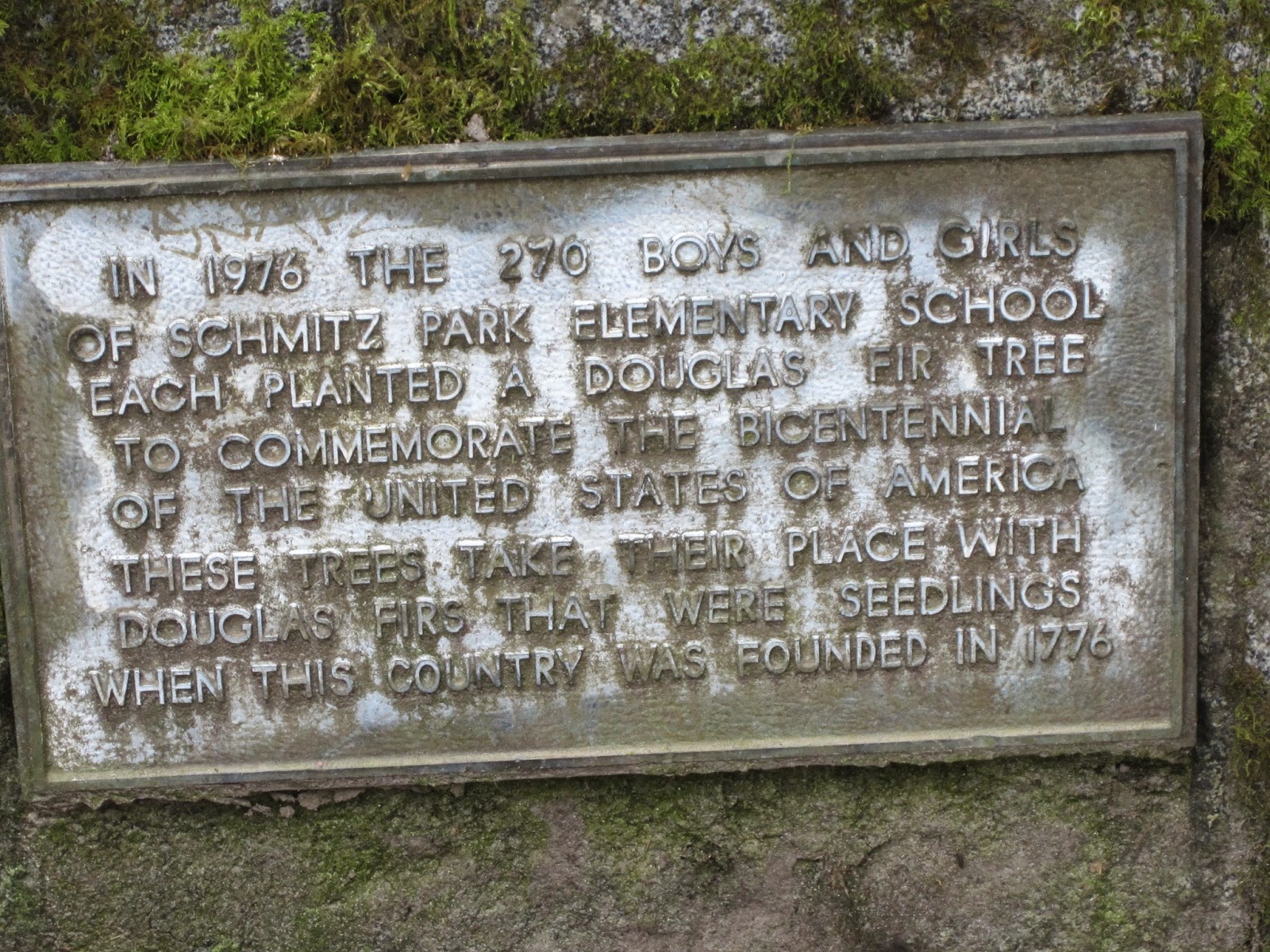The Peabody Ducks
The Peabody Hotel is one of the Historic Hotels of America that is part of the official program of the National Trust for Historic Preservation. The original hotel was built in 1869 by Robert C. Brinkley who named it for George Peabody in honor of his contributions to the South. Since then it changed hands a couple of times, the original building closed in 1923 and a new structure opened on a different site in 1925. The hotel experienced some rocky times such as when it went bankrupt in 1965 and was sold at a foreclosure auction to Sheraton Hotels. Sheraton operated the hotel until 1973. In 1975 it changed ownership again. The next owner, Jack A. Belz spent $25 million renovating the now landmark and held a grand opening in 1981. Today the 464 room hotel is owned by the Peabody Hotel Group.
The duck parade on the red carpet dates to the 1930s when the General Manager, Frank Schutt, returned from a hunting trip and put live English Call Duck decoys in the hotel fountain. It was such a big hit with the hotel guests that since that time five Mallard ducks (one drake and four hens) have become a permanent fixture at the hotel. Wild ducks are brought in and replaced every three months. It takes about one week to train them to march to the music and the Duckmaster walks along with them more for show than necessity as the ducks know what they are supposed to do and where they are going the minute the music starts.
For more information, see:
https://www.facebook.com/peabodyducks
http://en.wikipedia.org/wiki/Peabody_Hotel
And a short video about the ducks and the current Duckmaster:
https://www.youtube.com/watch?v=T97pv97V7Kc































































